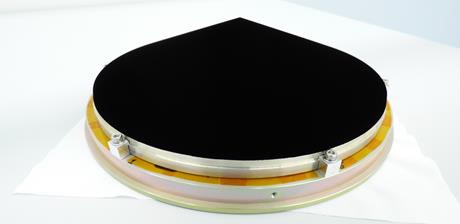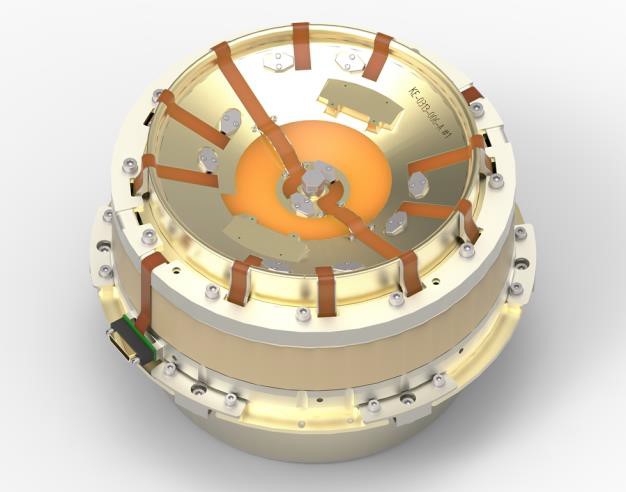Lead Organisation: STFC RAL Space
Project Lead: Dave Smith
Partners: National Physical Laboratory & Surrey Nano Systems
A number of new earth observation missions operating in the thermal infrared wavelength range are on the horizon. These include the Land Surface Temperature Mission (LSTM) for the Copernicus Sentinel extension programme for which studies are in progress, the ESA Earth Explorer-9 FORUM which plans to measure the Earth’s entire emission spectrum from 100 cm-1 to 2760 cm-1 (3.62 μm – 100 μm), and Sentinel-3 next generation which would replace the current Sentinels 3A – D. These missions are dependent on blackbody (BB) calibration sources to ensure the traceability of the radiometric calibration to international standards. As well as these ‘high-end’ missions, airborne and field sensors for atmospheric and surface measurements and the growing range of commercially available infrared cameras require readily available and low-cost blackbody calibration sources.
The basic design and performance of flight infrared calibration black bodies that were originally developed for the Along Track Scanning Radiometer and adapted for other missions including the Sentinel-3 Sea and Land Surface Temperature Radiometer (SLSTR), the Geostationary Earth Radiation Budget (GERB) experiment and the Infrared Atmospheric Sounding Interferometer (IASI) has changed very little in the last twenty-five years. Mission requirements for radiometric accuracy, stability and traceability have become far more demanding and there is downward pressure on the mass, power and volume as the focus is for smaller and cheaper satellite missions. To fulfil these demands requires a step change in the key technologies that are employed in IR calibration sources.
The consortium has already developed a number of component technologies through previous CEOI and NSTP studies specifically to address the quality of black body thermometry, temperature traceability and the radiometric performance of the black body cavity advancing the TRL to 2/3. The project will bring these technologies together to build and characterise a fully functional prototype flight black body demonstrator in a format compatible with a flight opportunity.



With a target technology readiness level is TRL 5/6, these advances will put UK in a strong position to bid for future flight and terrestrial missions.
